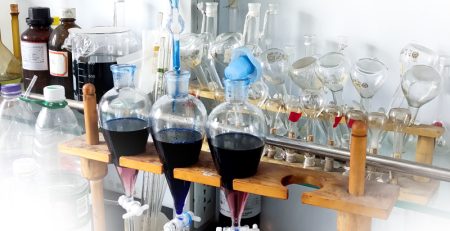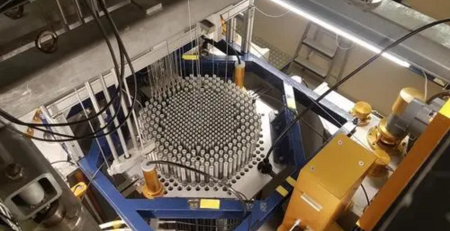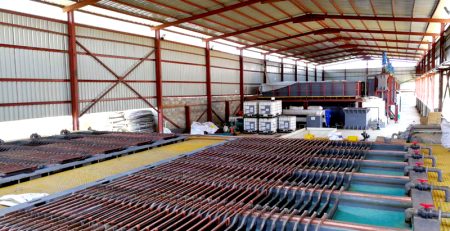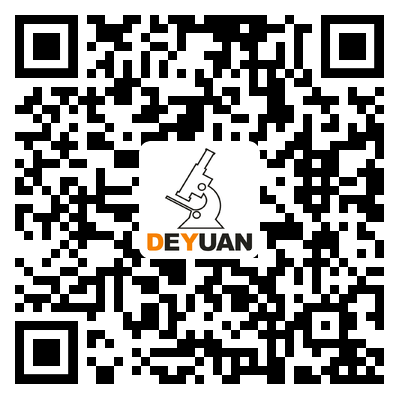The treatment method of waste lithium-ion batteries using wet recycling technology
Adopting wet recycling technology to treat waste lithium-ion batteries and the process conditions for recovering aluminum, cobalt, and lithium metal elements. At 90 ℃, leaching aluminum with 10% NaOH resulted in a leaching rate of 96%. Under the leaching conditions of 90 ℃ and 4 mol/L H2SO4 solution, with a solid-liquid ratio of 1:8 and a reaction time of 100 minutes, the leaching rates of cobalt and lithium were 92%, respectively. By using NaHCO3 and Na2CO3 as precipitants, CoCO3 and Li2CO3 products can be prepared from acidic leaching solution, respectively.
The specific operation steps are as follows:
1. Waste battery pre-treatment: Firstly, it is necessary to pre-treat the waste battery, including removing the shell and packaging materials. This can be done through mechanical processing or physical methods.
2. Filter solid impurities: Filter the pretreated waste battery material to remove solid impurities such as metal residues, plastics, etc.
3. Lithium aluminum separation: Under appropriate conditions, use alkaline solution (such as 10% NaOH) for leaching to extract aluminum from waste batteries. At 90 ℃, the leaching rate of aluminum can reach 96%. Then, aluminum can be precipitated out through precipitation or other methods to obtain high-purity aluminum products.
4. Cobalt lithium recovery: For the remaining leaching solution, sulfuric acid (H2SO4) is usually used for leaching at appropriate temperature, concentration, solid-liquid ratio, and reaction time. Under the process conditions of a temperature of 90 ℃, a concentration of 4 mol/L of H2SO4 solution, a solid-liquid ratio of 1:8, and a reaction time of 100 minutes, the leaching rate of cobalt and lithium can reach 92%. Then, by adding NaHCO3 and Na2CO3 as precipitants, cobalt and lithium were converted into CoCO3 and Li2CO3 precipitates, respectively.
5. Sediment treatment: Finally, further treat the obtained CoCO3 and Li2CO3 precipitates. High purity cobalt and lithium products can usually be extracted through process steps such as filtration, washing, and drying.
In summary, wet recovery technology is an effective method for treating waste lithium-ion batteries and recovering aluminum, cobalt, and lithium metal elements from them. This technology helps to reduce the environmental pollution caused by discarded batteries, and can recycle and reuse valuable metal resources within them.
We special to focus on R&D metal extraction reagents, our major products as below:
- DZ988N/DZ973N/DZ902 copper solvent extraction reagent.
- DY319 high efficiency nickel cobalt co-extraction extractant, can take out nickel and cobalt together from nickel laterite ore or Lithium battery electrolyte.
- DZ272 Nickel cobalt separation extractant, it can take cobalt out from nickel cobalt solution.
- DY377 efficient nickel and diamond separation extractant.
- DY366 new advanced nickel cobalt extractant.
- P204 (D2EHPA or HDEHP) extractant.
- DY301, DY302 for nuclear spent fuel recovery.
- Other extraction reagents for Vanadium extractant, Lithium extractant, Ferro extractant and rare earth extractant.




